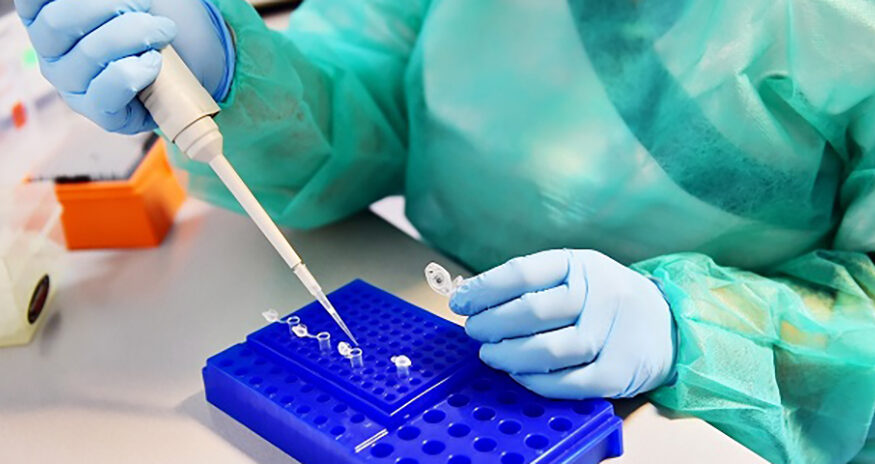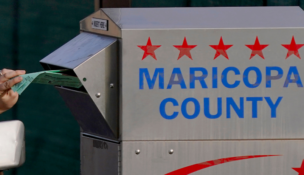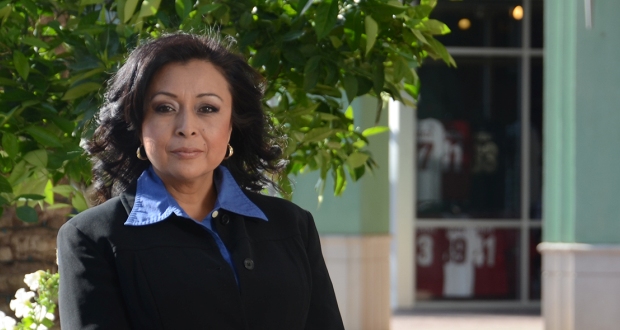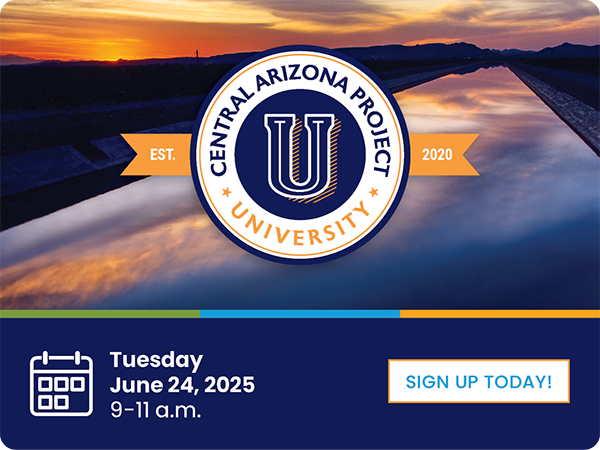Grant could help free wrongfully convicted prisoners
Howard Fischer, Capitol Media Services//December 9, 2024//
Grant could help free wrongfully convicted prisoners
Howard Fischer, Capitol Media Services//December 9, 2024//
A $1.5 million grant to the University of Arizona Innocence Project could help some now in prison get a chance to have their convictions thrown out.
“Right now, our intake backlog just of people who have applied directly to the clinic is over 300 people waiting for review,” said Virginia Morris, a staff attorney with the project. She said the new dollars will help get through that list in the next three years.
Still, Morris acknowledged, there always are more applications coming in.
“It always feels like we’re digging ourselves out of a hole,” she said. “But the more that we can tackle, the better.”
These new dollars come from the U.S. Department of Justice. And what they will do, said Morris, is allow the U of A Innocence Project, which has been around for a decade, to focus on the issue of scientific evidence that could prove someone is not guilty of the crime that put them behind bars.
“DNA testing and investigation of those cases is incredibly expensive,” said Morris. And that could be just the beginning.
Then there’s the need to consult with experts “and maybe even to testify in cases should we produce exculpatory results from the DNA test.”
What the program generally focuses on are not the high-profile death penalty cases that make headlines.
“It’s not because there’s some rule making them ineligible for our clinic’s review,” said Morris. But she said these defendants tend to have “adequate, robust” help through the Tucson-based Arizona Capital Representation Project, which is funded largely through grants, and similar operations by others focused on capital cases.
“Most of the people who reach out to us don’t” have access to such lawyers, Morris said.
What the U of A Innocence Project tends to concentrate on instead are those convicted of murder but who have not been sentenced to die and instead are serving life terms, and those serving time for sexual assault. And the key, she said, is these are the kinds of cases where evidence may be available but may not have been considered at the time of the trial.
That includes DNA.
Morris said there’s reason to believe that could prove crucial to getting people out of prison.
“I’ve seen a number as high as 4% to 6% of people who have been convicted wrongfully because they are factually innocent,” she said.
“A lot of people think that number is exaggerated,” Morris continued. “It may be. But even a quarter of that, that’s still an astronomical number in terms of individuals who are incarcerated who didn’t commit the crimes that they were convicted of.”
And there’s another statistical reason that would suggest that there are people behind bars in Arizona who should not be there.
According to the U of A Innocence Project, there have been only three documented cases in this state where DNA has exonerated an inmate since 1989 despite advances in testing that have led to a rising number of exonerations nationally.
It all starts with screening.
Morris said there are probably about 100 requests a year that come in.
“Some of those, we, the attorneys, don’t even see because we have a very helpful University of Arizona clinic staff that will kind of screen out the cases that are just not appropriate for our clinic because they don’t meet our eligibility requirements,” she said.
At the very least, Morris said, the applicants actually have to claim they are innocent. And cases that originate with crimes from outside the state also don’t qualify.
For what’s left, the most common way to get these cases into court is what’s called a petition for post-conviction relief.
“That’s after an individual has been convicted and they’ve done their direct appeal,” Morris explained. But she said there are rules that do allow for a case to be reopened.
“The main one for people who are seeking an exoneration is a requirement that they come forward with new evidence,” said Morris. That includes actual evidence of innocence “or any kind of evidence that would suggest that if the evidence had been known at trial that they wouldn’t have been convicted or maybe they would have received a lesser sentence.”
That’s the kind of evidence that DNA can provide.
The next step is to ask the court to grant a hearing to look at the new evidence to see whether the conviction can be summarily overturned, or, at least, the person be granted a new trial.
And if there is a hearing, an attorney from the U of A Innocence Project will go into court on behalf of the inmate.
There’s one other claim that can come up in a petition for post-conviction relief: The defendant did not have adequate assistance of legal counsel.
“We see it all the time,” said Morris.
But she noted that inmates who make that claim have to be careful.
“In almost every case that we review the individual who’s applying for our assistance has already filed their own petition for post-conviction relief and they’ve raised issues of ineffective assistance of counsel,” Morris said.
“What’s difficult about that is you get only one bite at the ineffective-assistance-of-counsel apple in Arizona post-conviction motions,” she explained.
What that means, said Morris, is that an inmate may actually bring to the U of A Innocence Project a credible claim that his or her attorney did not do an adequate job.
“But if they were already raised in the first petition for post-conviction relief, we can’t really raise them again even if we maybe are able to articulate more helpfully,” she said. “We’re out of luck there.”












































